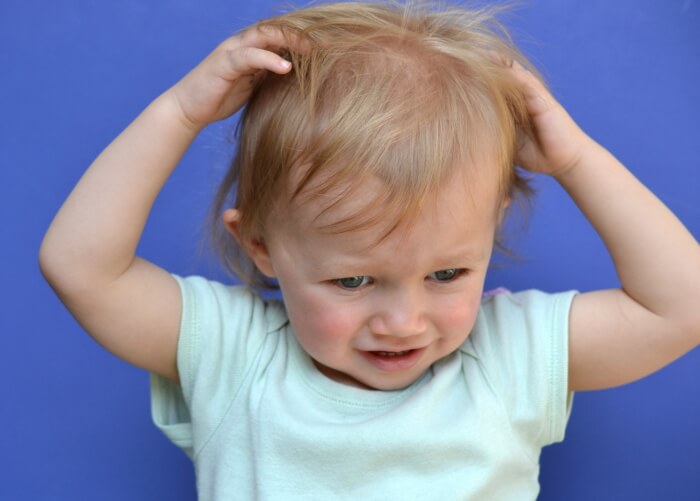
Three Home Remedies for Head Lice that Work
If you have family members who have contracted head lice, or an outbreak has been reported at your child’s school, there are several home remedies that can be used to help treat or prevent an infestation. While over-the-counter medications containing pyrethroid derivatives (extracted from the chrysanthemum plant) are safe and effective, if you are uncomfortable using them, these options may serve you well.
Keep in mind that head lice are confined to the scalp and are transmitted only through direct contact with another infected human, so there is no need to worry about your pets. If you notice lice on other parts of the body, you may want to see a medical professional.
Try a little mouthwash
Some mouthwash products can be effective in both treating and preventing head lice. To use it, drench the hair and scalp with the mouthwash (avoid using a blue or green product on blonde hair, it may discolor it) and then cover the soaked hair with a shower cap. Leave it in place for an hour or so. Remove the cap and pay attention to how many dead lice are in the cap. Wash your child’s hair and repeat this treatment nightly until you no longer see any dead bugs.
As a side note, spearmint is a natural lice repellent, so the lingering scent can help keep a new infestation at bay. If there is an outbreak of head lice at your child’s school, spray his or her hair with a little diluted spearmint-flavored mouthwash to provide a first line of defense.
You can catch more head lice with vinegar
In addition to the mouthwash treatment, you can use white vinegar as well. Follow the same procedure as with the mouthwash, rinsing and washing the hair thoroughly once the cap is removed.
For almost all head lice treatment, store bought or homemade, keep in mind that they kill lice in the nymph and adult stages, but not the eggs (nits). Therefore, the treatment should be repeated eight to ten days after lice no longer appear in the shower cap to kill any nits that may have hatched.
Combing through the follicles
Another alternative treatment is to use a lice comb. These fine-toothed tools slide along the hair shaft to dislodge any nits that may be attached. While they may not catch those closest to the scalp, they can remove older egg sacs and, when combined with treatments that attack adults, can speed up the process.
Home treatments that have limited, if any, value
One of the oldest methods of treating head lice is to closely crop hair to remove nits. However, because the eggs are laid so near the scalp (within four millimeters), it is highly unlikely they are removed and a false sense of security can exist, leaving the head wide open for a serious infestation.
A home lice treatment that should NEVER be used
Another old remedy that should NEVER be used under any circumstance, is using gasoline or other petroleum products to kill head lice. While this may seem like a “no kidding” suggestion, you would be surprised at how frequently this has been tried, and the results are always tragic. Never use this, and discourage anyone who suggests it.
For many children (statistically one in ten), the chance of contracting head lice is not a question of if, but when. If an outbreak has been reported, or a family member has head lice, you may find success with one of the home remedies listed above.